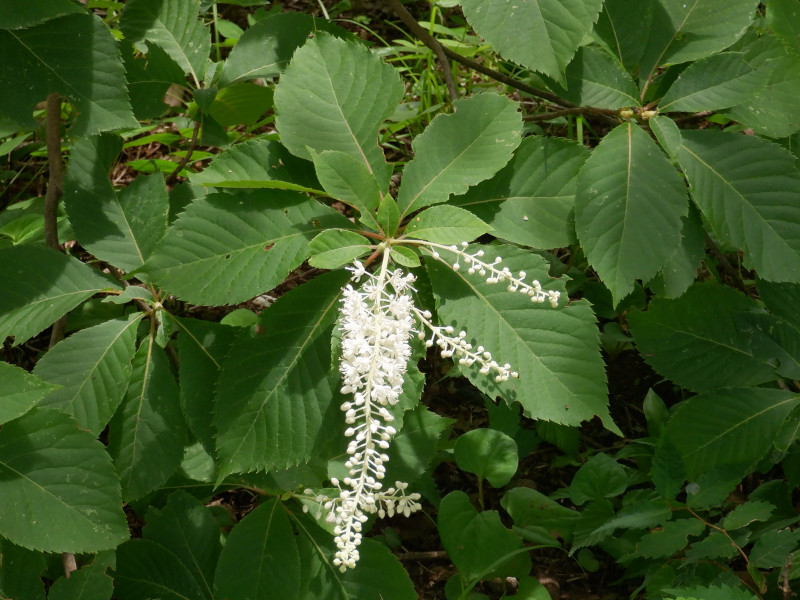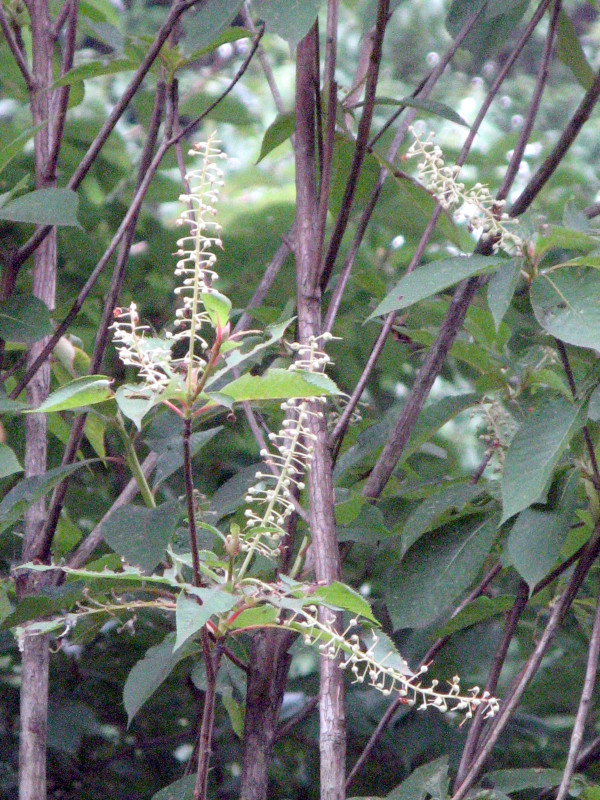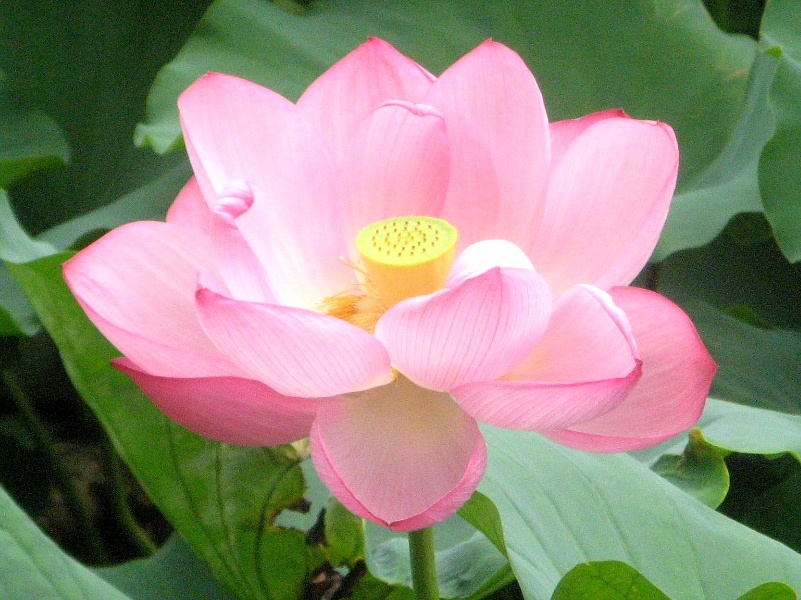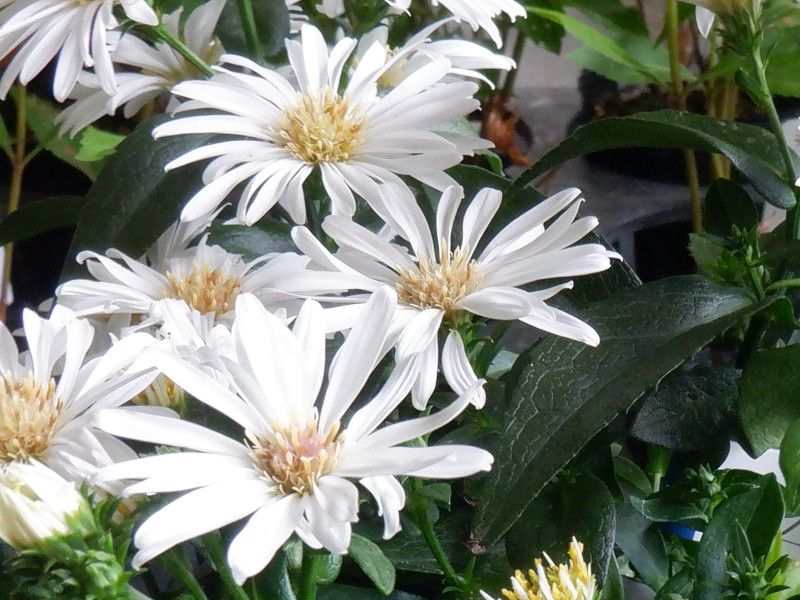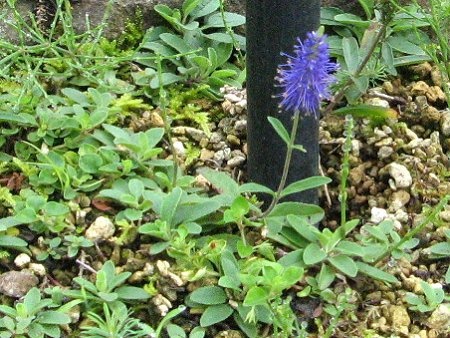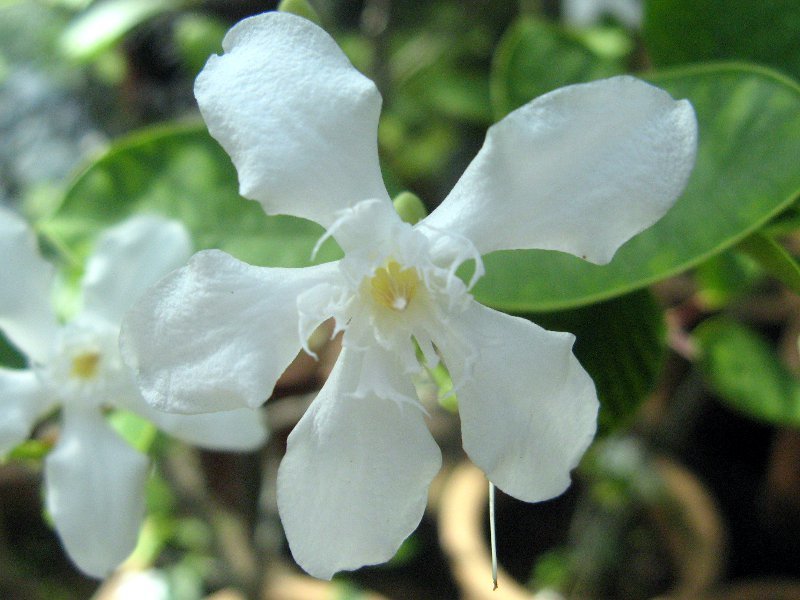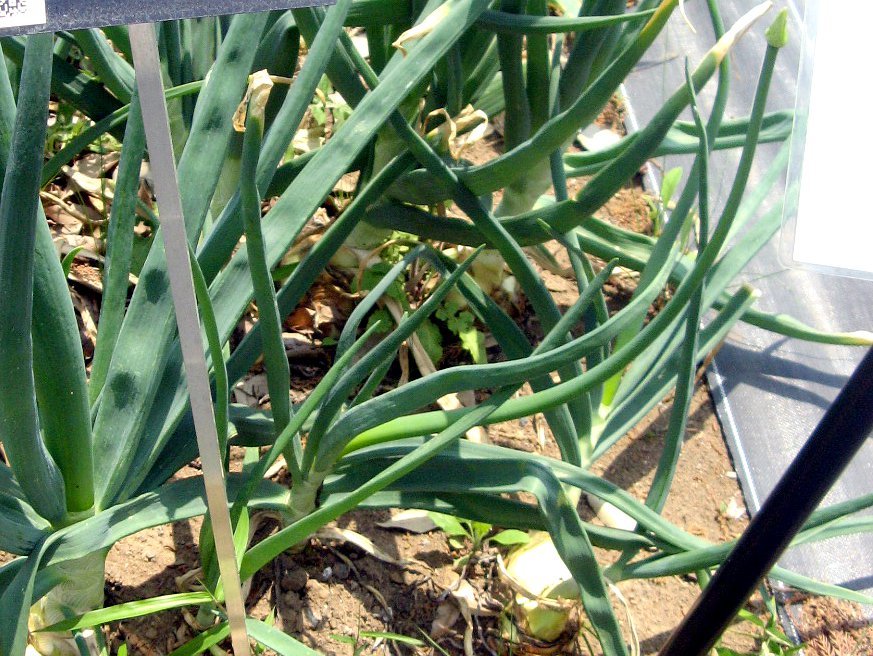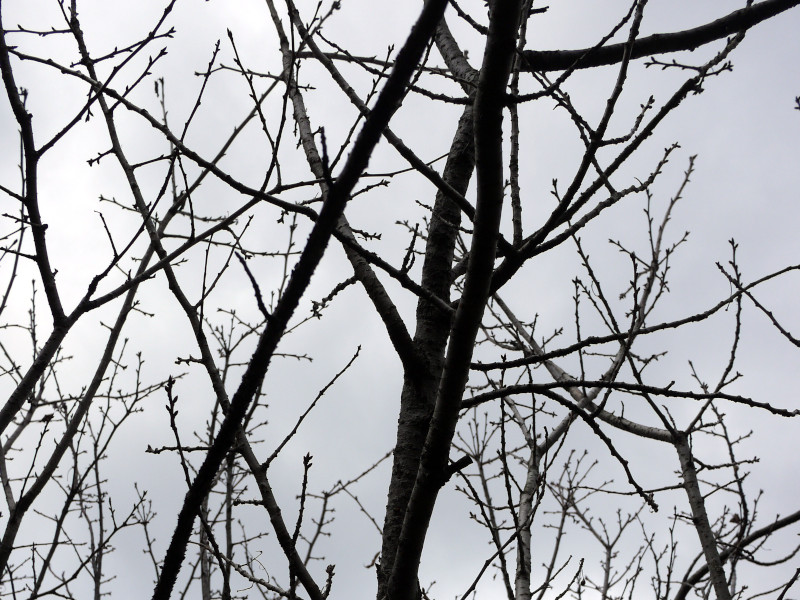Clethra barbinervis
- Flower nameClethra barbinervis
- Scientific nameClethra barbinervis
- Alias令法
- Place of originJapan, the Korean Peninsula, China, and Taiwan
- Place of floweringFields and footpaths, Garden, Park
- Flowering seasonJune, July, August, September
- Language of flowersPure love
What is Clethra barbinervis
Clethra barbinervis is a small deciduous broad-leaved tree of the genus Clethra in the family Clethraceae, native to Japan, the Korean Peninsula, China, and Taiwan. It grows naturally in sunny thickets in the mountains of Hokkaido, Honshu, Shikoku, and Kyushu. The tree is 7 to 10 meters tall, and its bark is brownish-brown, smooth, and peeling. The leaves are dark green and matte, 5-10 cm long, 3 cm wide, elliptic to inverted lanceolate, with narrow serrations on the leaf margins.
In summer, it produces numerous small white flowers 1-2 cm in diameter with a fragrant scent. The flowers are considered joint flowers, but both the sepals and corolla are 5 lobed, and the petals are cut off to the base.
There are 10 stamens, which are long and project from the center of the petals. The pistil has one pistil with three lobes at the tip. The flowers bloom from the base to the tip. The flowers have nectar, which attracts bees and butterflies.
The young leaves of the Japanese alder are preserved by boiling and drying, and have been used as a famine relief food since ancient times. The name "lioubu" comes from a Heian-period (794-1185) law that stipulated the planting of only as many lioubu plants as the size of the field. In autumn, it produces many small, spherical capsules with the flower column remaining as a protrusion, which ripen to a yellowish-brown color. In addition to being used as a garden tree, the trunk of the tree is used for floor posts and fixtures because of its beautiful bark.
In some regions, the shoots and young leaves are eaten raw, tempura, boiled, chopped, and mixed with rice to make "hoji-meshi," or rice cooked according to the Japanese law.
Common name: Clethra barbinervis, scientific name: Clethra barbinervis, aka: the Japanese clethra, Origin: Japan, Korean Peninsula, China, Taiwan, Height: 7-10 m, Bark: brown, smooth and peeling, Leaf texture: glossy Leaf color: dark green, leaf length: 5-10 cm, leaf width: 3 cm, leaf shape: elliptic to inverted lanceolate, leaf margin: serrate, inflorescence: bunched at branch tips, inflorescence shape: raceme (hanging down in a tailstock), inflorescence length: 15 cm, flower diameter: 1-2 cm, flower quality: fragrant, flowering season: June to September, flower color: white, number of stamens: 10, protruding; number of pistils: Fruiting season: October to November; fruit type: capsule; fruit shape: spherical; fruit diameter: 0.3 to 0.4 cm; fruit color: orange; uses: young leaves as wild vegetables to be eaten raw or used as an ingredient of boiled rice, soaked vegetables, etc.; honey; garden tree, park tree, furniture material.
